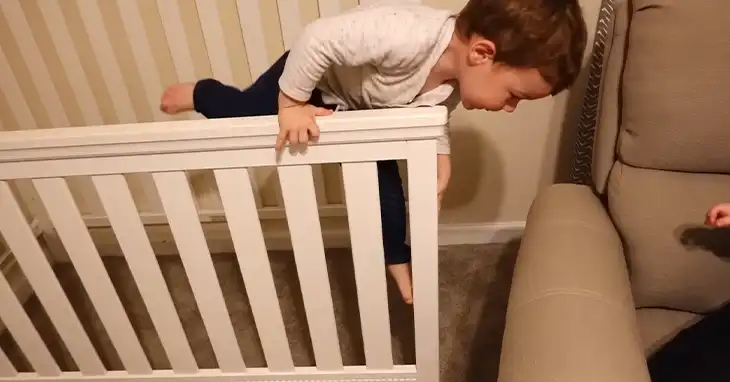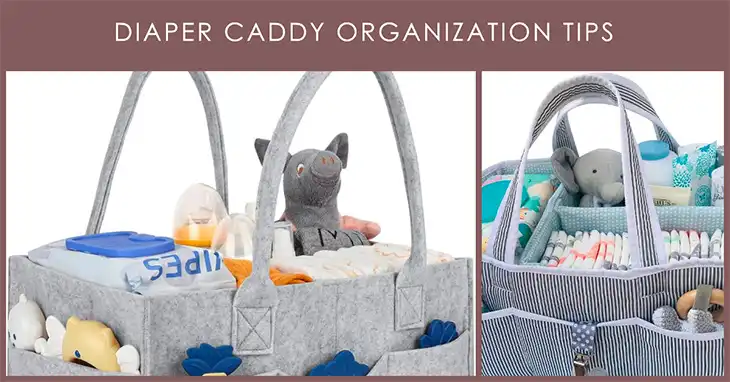How Long to Leave a Toddler in the Crib If Not Napping
Every parent has experienced that moment: it’s naptime, but your toddler is wide awake, babbling or playing in their crib. You’re torn between letting them rest and worrying about leaving them alone too long. The question of how long to leave a toddler in their crib if they’re not napping is a common concern for many parents.
The short answer is that most experts recommend leaving a toddler in their crib for 30 to 60 minutes if they’re not napping. However, the ideal duration can vary based on factors like age, temperament, and individual needs. This article will explore the topic in-depth, providing guidance to help you make the best decision for your child.

How Much Sleep A Toddler Needs
Toddlers require significant amounts of sleep for their growth and development. The National Sleep Foundation recommends 11-14 hours of total sleep per day for children aged 1-2 years. This typically includes nighttime sleep and one or two daytime naps.
However, as children grow, their sleep patterns evolve.
| Age | Typical Nap Pattern |
| 12-18 months | 1-2 naps daily, totaling 2-3 hours |
| 18-24 months | 1 nap daily, 1-3 hours long |
| 2-3 years | 1 nap daily, 1-2 hours long |
| 3-4 years | May still nap or transition to quiet time |
Some toddlers may start resisting naps or staying awake during designated nap times. This transition is normal but can be challenging for parents to manage.
What Do You Need to Consider When Deciding Crib Time
Several factors come into play when determining how long to leave your toddler in the crib if they’re not napping:
Age of the Toddler
Younger toddlers (12-18 months) generally have less capacity to entertain themselves and may need attention sooner than older toddlers (2-4 years). Older toddlers often have more developed imagination and self-soothing skills, allowing them to spend longer periods contentedly in their cribs.
Individual Temperament
Every child is unique. Some toddlers are naturally more independent and can happily play alone for extended periods, while others may crave more interaction and attention.
Daily Activity Levels
A toddler who has had a particularly active morning might be more willing to rest or play quietly in their crib compared to one who hasn’t expended much energy.
Nighttime Sleep Patterns
If your toddler has been sleeping well at night, they might be less inclined to nap during the day. Conversely, poor nighttime sleep might increase their need for daytime rest.
How to Figure Out Whether You Need to Adjust Your Toddler’s Crib Time
Observing your toddler’s behavior is crucial in determining whether to extend crib time or intervene. Signs of contentment include quiet play with toys, singing or humming to themselves, talking or babbling softly, and looking around calmly. These behaviors indicate that your child is comfortable and may benefit from continued quiet time in the crib.

On the other hand, signs of distress warrant attention. Prolonged crying or screaming, attempting to climb out of the crib, throwing toys in frustration, or repeatedly calling for a parent are indicators that your child may need intervention. It’s important to respond to your child’s individual needs. While some fussing is normal, prolonged distress should be addressed promptly.
Why Some Quiet Time in Crib is Beneficial for Your Toddler
Even if your toddler isn’t napping, quiet time in the crib can be beneficial. It serves several purposes, including developing independent play skills, promoting self-soothing abilities, providing a chance for emotional regulation, offering rest for both child and parent, and potentially improving nighttime sleep quality.

Quiet time allows toddlers to practice being alone with their thoughts and imagination, which is crucial for cognitive and emotional development. This period of solitude can help children learn to entertain themselves, a valuable skill that will serve them well throughout life.
How Long Should You Leave a Toddler in the Crib If Not Napping
While there’s no one-size-fits-all answer, here are some general guidelines for crib time duration:
| Age Group | Recommended Quiet Time |
| 12-18 months | 15-30 minutes |
| 18-24 months | 30-45 minutes |
| 2-3 years | 45-60 minutes |
| 3-4 years | Up to 90 minutes |
Remember, these are just suggestions. It’s crucial to adjust based on your child’s temperament and needs. A good rule of thumb is to check on your toddler every 20-30 minutes if they’re awake but content.
How to Create a Positive Quiet Time Environment
To encourage successful quiet time, it’s important to create a soothing and engaging environment. Ensure the crib area is safe and comfortable, with a few soft, age-appropriate toys or books within reach. Consider using blackout curtains to create a restful atmosphere, and playing soft white noise or gentle lullabies to mask household sounds.
Maintaining a comfortable room temperature is also crucial. A slightly cool room often promotes better rest and relaxation. By creating a calming environment, you increase the chances of your toddler enjoying their quiet time, whether they nap or not.
Sleep Hygiene Tips for Better Naps and Nighttime Sleep
Implementing good sleep hygiene can improve overall sleep quality for your toddler. Sticking to consistent bedtimes and wake times helps regulate your child’s internal clock. Create a calming bedtime routine that signals to your toddler that it’s time to wind down. This might include a warm bath, storytime, and cuddles.
Ensure the sleep environment is conducive to rest by keeping it dark, cool, and quiet. Limiting screen time before bed can also improve sleep quality, as the blue light emitted by devices can interfere with the production of sleep hormones. Encouraging physical activity during the day can help your toddler expend energy and be more ready for rest when quiet time or bedtime arrives.
Wrapping It Up
Remember, every child is unique, and what works for one may not work for another. The key to successful quiet time is remaining patient, consistent, and attuned to your toddler’s needs. By creating a positive quiet time routine, you’re helping your child develop important skills while also giving yourself a much-needed break.
As you navigate this phase, trust your instincts and don’t hesitate to adjust your approach as needed. With time and patience, you’ll find a quiet time routine that works for both you and your toddler. This period of childhood is fleeting, and by fostering a positive attitude towards rest and independent play, you’re setting the stage for healthy sleep habits that will benefit your child for years to come.






